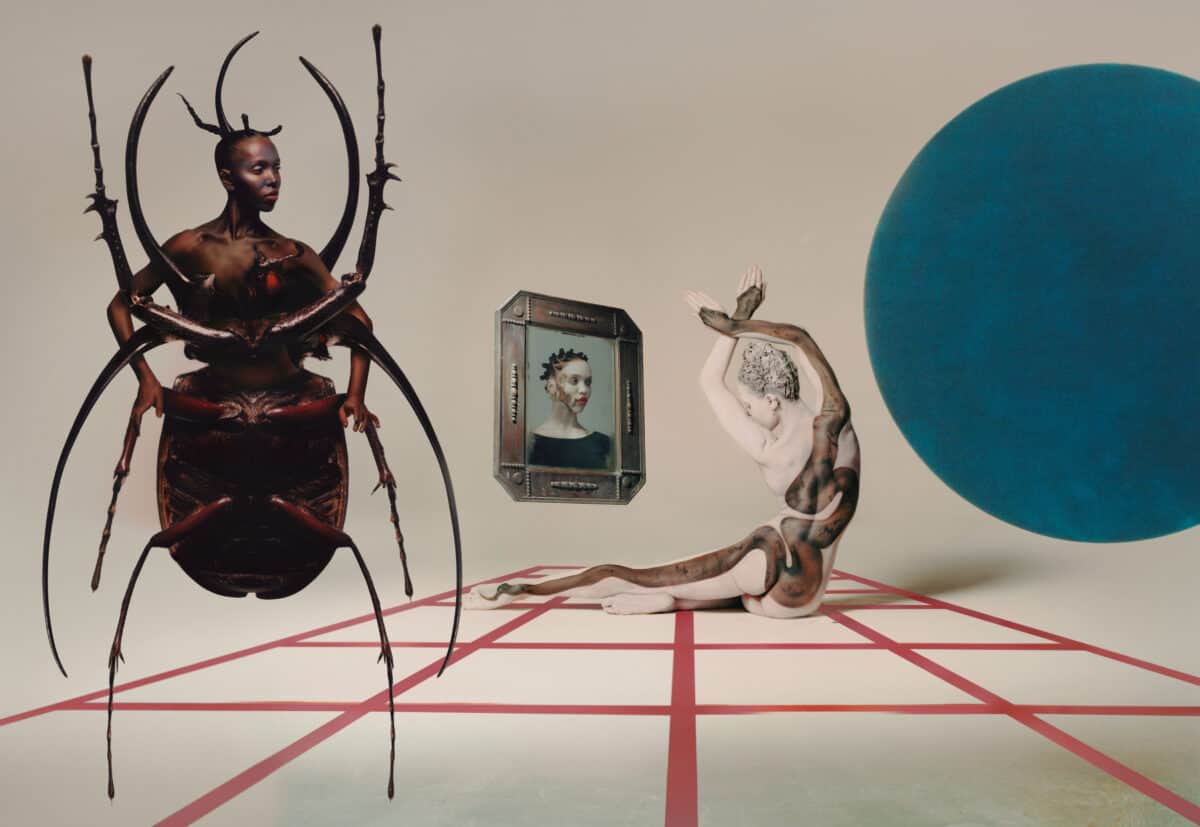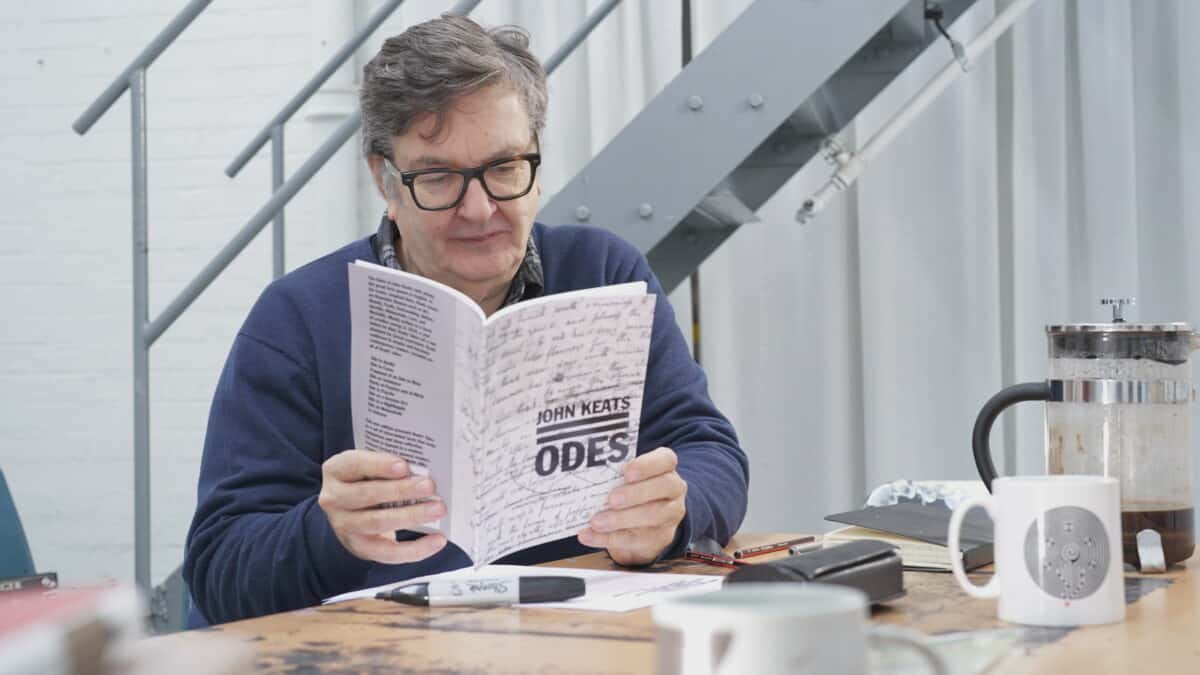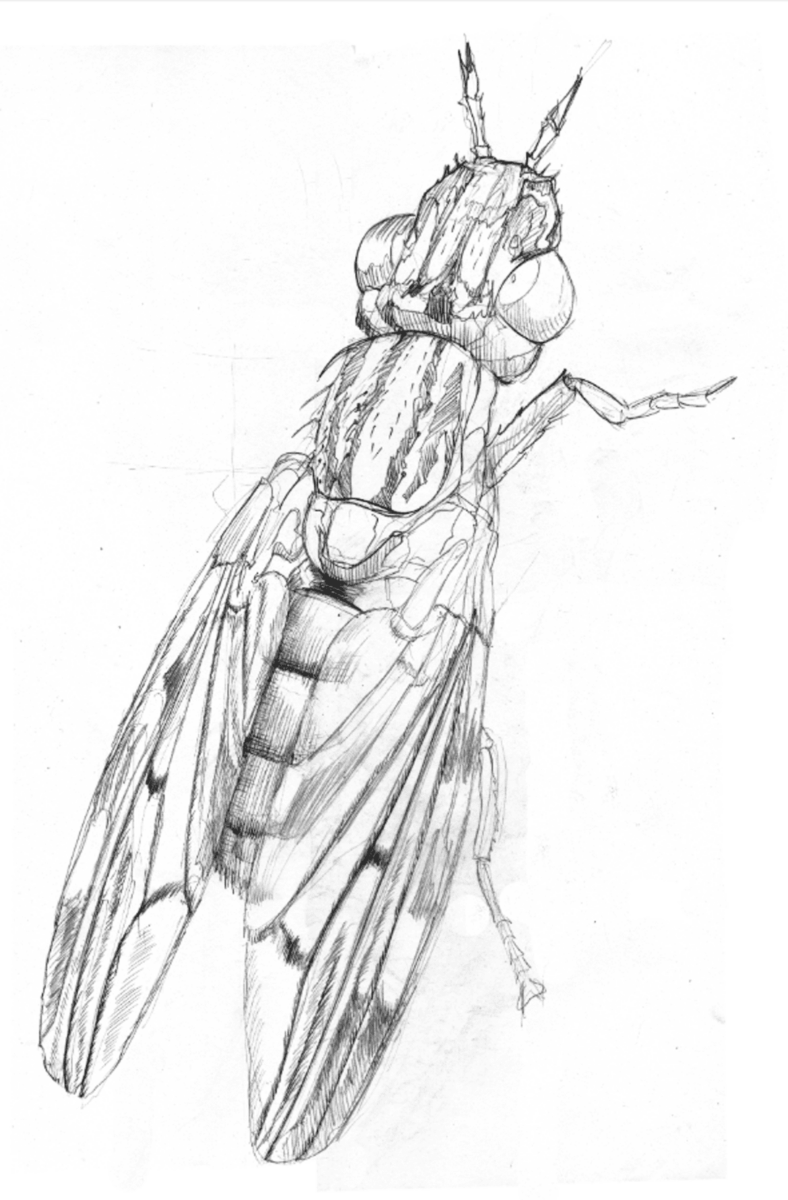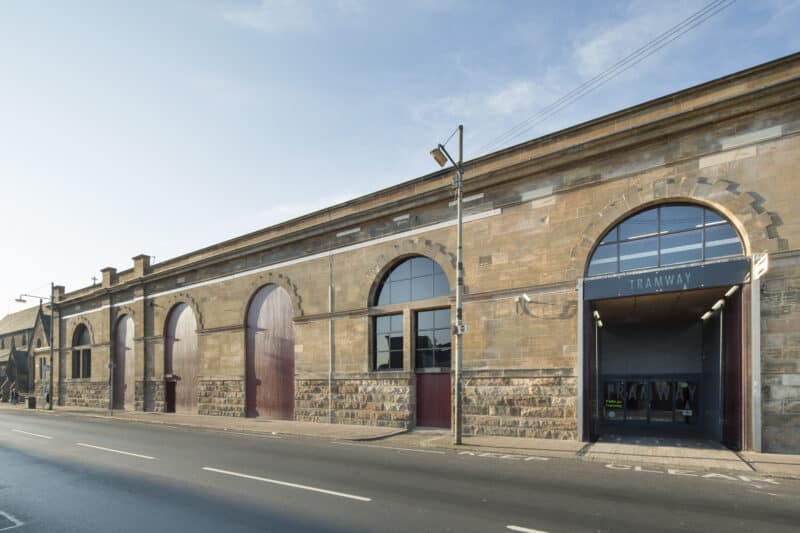
Launched today by Art Fund, The Wild Escape is the largest collaboration between UK museums ever.
Led by Art Fund, the project will bring together 500 museums across the country in partnership with the WWF, the Royal Society for the Protection of Birds, the National Trust and English Heritage along with world-leading artists and environmentalists. It is one of the largest museum projects ever funded by Arts Council England.
Supported by Arts Council England, the project aims to inspire hundreds of thousands of children to visit museums and respond creatively to the threat to the UK’s natural environment by looking for animals featured in museum collections and creating their own wildlife artworks. The children’s animals will be brought to life in a newly imagined epic-scale artwork, created by leading immersive games studio, PRELOADED, to be unveiled on Earth Day 2023, Saturday 22nd April.

The Wild Escape aims to change children’s awareness and understanding of biodiversity loss. By being at the centre of a co-created epic-scale digital artwork, and thanks to the support of Arts Council England, The Wild Escape will show how the UK’s museums can encourage new forms of creativity, encouraging children to take ownership of one of the defining challenges of our lives. The risk to our precious wildlife.
The Wild Escape is a first. We want to show how museums, by working together can bring a fresh angle to learning, especially to welcome children’s creative responses to our great collections. We want every child to learn from and enjoy what museums can offer whilst at the same time drawing attention to the threat of biodiversity loss in this country, one of the defining challenges of our lives.
Jenny Waldman, Director, Art Fund
The Wild Escape is inspired by BBC One’s major forthcoming Wild Isles series presented by Sir David Attenborough. It is in partnership with BBC Bitesize, the free study resource for children, which will host films showing an artist making a work inspired by animals in the UK’s museum collections.
The Wild Escape is open to every primary school-age child to take part whether in class, through a visit to their local museum or online, from now to July. Hundreds of museums, galleries, and historic houses will host special activities for families connecting to the environment and biodiversity. It will create a new relationship between museums and the natural world aiming to shape the lives of the children who participate.

Leading artists are also creating artworks based on animals in museum collections to inspire children to take part, including Es Devlin, Heather Phillipson, Rana Begum, Mollie Ray, Yinka Shonibare, Tai Shani, FKA Twigs, Claire Twomey, Mark Wallinger, Angela Palmer.
The Natural History Museum’s Biodiversity Trends Explorer, published in 2021, revealed the UK has almost lost half of its wildlife and plant species since the 1970s as a result of human and land development. Only 53% of the UK’s biodiversity is left, placing it in the bottom 10% of the world’s countries. The Natural History Museum is one of the museum partners on The Wild Escape.
According to a report by the Environment Agency published in July 2022, England is one of the most nature depleted countries in the world, with impacts accelerating since the mid 20th century. The impacts on species have been severe, with a quarter of mammals in England and almost a fifth of UK plants threatened with extinction. A third of British pollinator species have declined.
The Wild Escape is an ambitious project that shows how the collections housed in museums across the country can inspire positive action to help tackle the climate crisis through creativity. I am proud we are supporting it with one of the largest grants we have given to a museum project. I look forward to seeing the artwork created by school children across the country on Earth Day 2023.
Emmie Kell, Director for Museums & Cultural Property, Arts Council England,

Global biodiversity levels averaged 75% in 2020, according to NHM’s Biodiversity Intactness Index (BII) – the Planetary Boundaries framework set the ‘safe limit’ to prevent the world from tipping into an ecological recession at 90%.
15% of all wildlife in the UK is now threatened with extinction and more than 40 million birds have disappeared from the UK’s skies since 1970 according to the RSPB’s 2019 State of Nature Report.
Butterflies and moths decreased in average abundance by 16% and 25% respectively between 1970 and 2016. A third of pollinator species have declined.
From their 1970 baseline, the farmland bird index has fallen 55%, the woodland bird index has fallen 25%, and the water and wetland bird index has fallen 14%. A third of farmland specialist species (grey partridge, turtle dove, tree sparrow and corn bunting) have declined by more than 90%.
Hedgehog numbers have fallen by approximately 66% since 1995 and water vole numbers have fallen 78%. Overall, a quarter of mammals in England are threatened with extinction.
In 2019, 16% of rivers met minimum population targets for salmon conservation, which is the lowest score since monitoring began in 1993.
18% of plants and 15% of fungi and lichens are at risk of extinction in Great Britain. Since 1900, each county has lost one plant species every two years on average.
There are 2,500 museums, galleries and heritage sites in the UK.
MORE: thewildescape.org.uk








